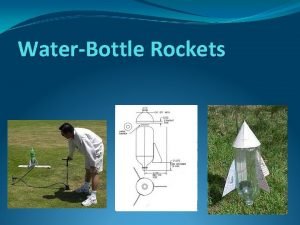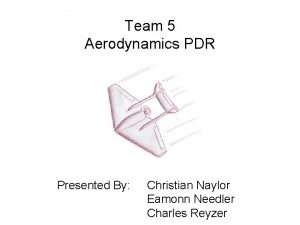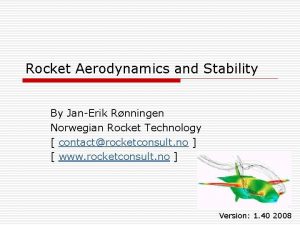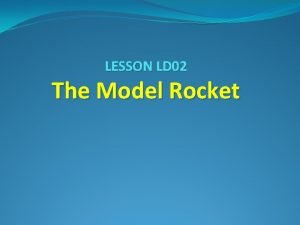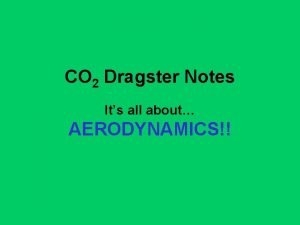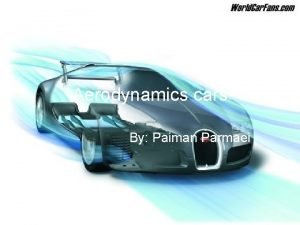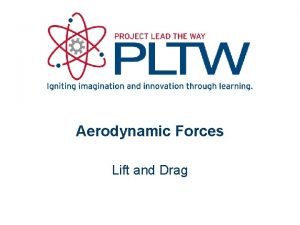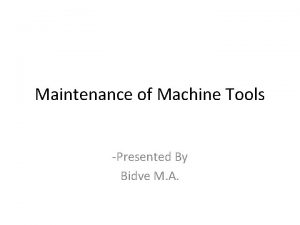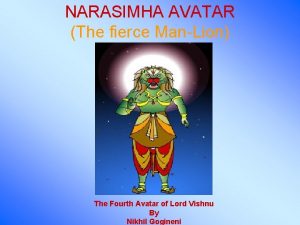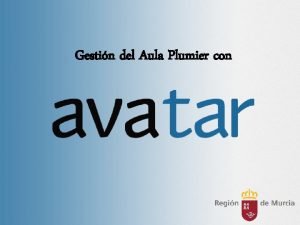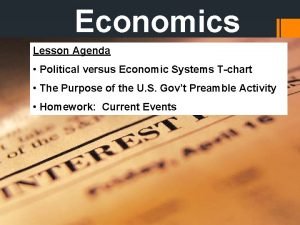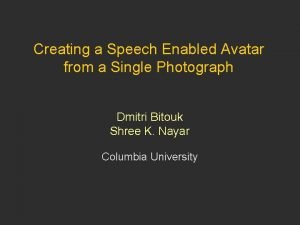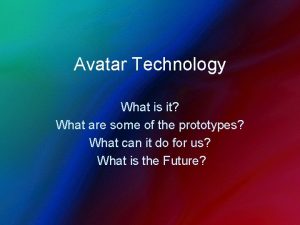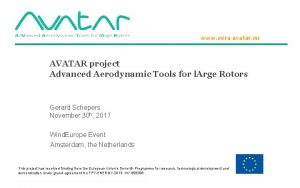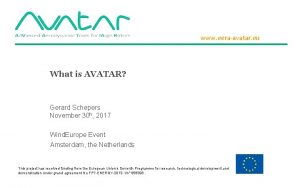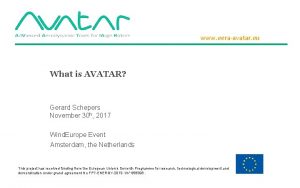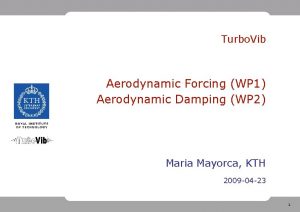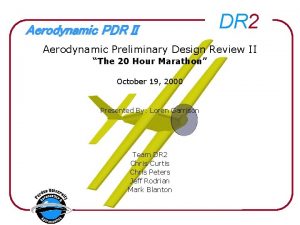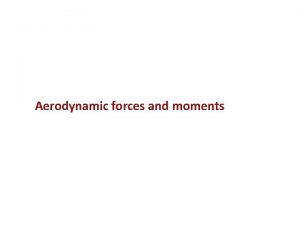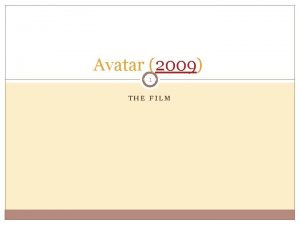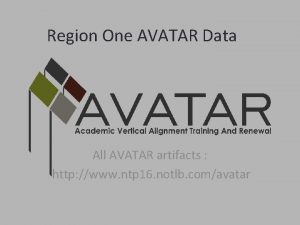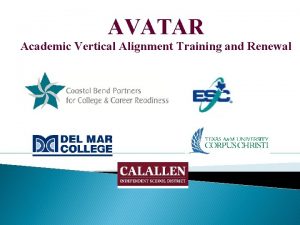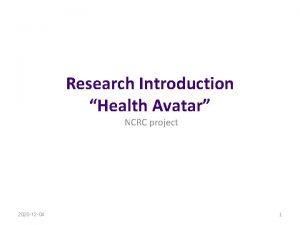www eeraavatar eu AVATAR project Advanced Aerodynamic Tools
















- Slides: 16

www. eera-avatar. eu AVATAR project Advanced Aerodynamic Tools for l. Arge Rotors Gerard Schepers November 30 h, 2017 Wind. Europe Event Amsterdam, the Netherlands This project has received funding from the European Union’s Seventh Programme for research, technological development and demonstration under grand agreement No FP 7 -ENERGY-2013 -1/n° 608396.

EU FP 7 Project initiated by EERA 1. Energy Research Centre of the Netherlands, ECN (Coordinator) 2. Delft University of Technology, TUDelft 3. Technical University of Denmark, DTU 4. Fraunhofer IWES 5. University of Oldenburg, Forwind 6. University of Stuttgart, USTUTT 7. National Renewable Energy Centre, CENER 8. University of Liverpool/University of Glasgow, ULIV/Uo. G 9. Centre for Renewable Energy Sources and Saving, CRES 10. National Technical University of Greece, NTUA 11. Politecnico di Milano, Polimi 12. GE Global Research, Zweigniederlassung der General Electric Deutschland Holding Gmb. H, GE 13. LM Wind Power, LM FP 7 -ENERGY-2013 -1/ n° 608396 17 -9 -2021 2

AVATAR presentations • 09. 30 -09. 30 Introduction and main achievements, Gerard Schepers (ECN) • 09. 30 -09. 45 Aerodynamic response modelling of complex and turbulent inflow, Niels Sorensen(DTU) FP 7 -ENERGY-2013 -1/ n° 608396

Period • Project period: November 1 st 2013 - December 31 st 2017 FP 7 -ENERGY-2013 -1/ n° 608396 4

Main motivation for AVATAR: Aerodynamics of large wind turbines (10 -20 MW) Upscaling turbine size for off-shore applications: – Higher capacity factors and more hours at full (constant) load – The LCOE is relatively insensitive to the size of a turbine So Upscaling to 10 MW+ is an option to reduce the LCOE However…. . FP 7 -ENERGY-2013 -1/ n° 608396 17 -9 -2021 5

Main motivation for AVATAR: Aerodynamics of large wind turbines (10 -20 MW) • We simply didn’t know if aerodynamic models were good enough to design 10 MW+ turbines • 10 MW+ rotors violate assumptions in aerodynamic tools, e. g. : – Reynolds number effects, – Compressibility effects – Thick(er) airfoils – Flow transition and separation, – (More) flexible blades – Flow devices FP 7 -ENERGY-2013 -1/ n° 608396 17 -9 -2021 6

Avatar: Main objective • 10 MW+ designs fell outside the validated range of state of the art tools. • Objective of AVATAR: – To bring the aerodynamic and fluid-structure models to a next level and calibrate them for all relevant aspects of large (10 MW+) wind turbines FP 7 -ENERGY-2013 -1/ n° 608396 17 -9 -2021 7

Avatar: Work procedure Problem: No 10 MW turbines are on the market yet for validation. 1. Validate submodels against (mainly wind tunnel) experiments 2. Cross-comparison of model results o In the project we have many models which range from computational efficient ‘engineering’ tools to high fidelity but computationally expensive tools o Engineering tools are needed in industrial design codes 1) and 2) o High fidelity models (and intermediate models) feed information towards engineering models 1) 2) J. G. Schepers ‘Engineering models in wind energy aerodynamics, ’ (2012). M. Kloosterman, DNV-GL, AVATAR Advisory Board FP 7 -ENERGY-2013 -1/ n° 608396 17 -9 -2021 8

One Highlight: Measurements in DNW pressurized tunnel • Measurements up to Re = 15 M (and low M) • DU 00 -W-212 selected as common airfoil o Also measured by: – LM up to RE=6 M – Forwind at controlled turbulent conditions up to Re = 1 M • Results are brought into a ‘blind test’ o Measurements compared with calculations o Blind test included participants outside project Summary of the Blind Test Campaign to predict the High Reynolds number performance of DU 00 -W-210 airfoil Ozlem Ceyhan, Oscar Pires, Xabier Munduate, Niels N. Sorensen, Alois Peter Schaffarczyk, Torben Reichstein, Konstantinos Diakakis, Giorgos Papadakis, Elia Daniele, Michael Schwarz, Thorsten Lutz, and Raul Prieto 35 th Wind Energy Symposium. Grapevine, Texas. FP 7 -ENERGY-2013 -1/ n° 608396 DNW-HDG model, c=15 cm

Full CFD calculations vs measurements Effect in Blade Design parameter: Cl/Cd FP 7 -ENERGY-2013 -1/ n° 608396

Full CFD calculations vs measurements Effect in Blade Design parameter: Cl/Cd FP 7 -ENERGY-2013 -1/ n° 608396

Blind test: main conclusion – cl/cd peak is sharp at Re=3 M, flattens towards Re =15 M – e. N boundary layer transtion method performs well at all Reynolds numbers – Correlation based transition method (state of the art in many CFD tools!) deficient at high Reynolds numbers 1) – New version of correlation based transition model is developed with better performance 2) 1) Niels N. Sørensen et al Prediction of airfoil performance at high Reynolds numbers EFMC 2014, Copenhagen 17 -20 Sept 2014 2) S. Colonia et al Calibration of the g equation transition model for High Reynolds flows at low Mach To be published at the Science of Matking Torque, October 2016 FP 7 -ENERGY-2013 -1/ n° 608396

Avatar: Main achievements • Many model improvements and lessons learned (e. g. modelling of high Reynolds number effects, modelling of flow devices, coupled aeroelastic/free vortex wake models, best practice guidelines on model use) • Databases of (wind tunnel) measurements • Databases of high fidelity model results • Designs of 10 MW Reference Wind turbines, Etc etc… Models are improved and implemented in codes with which 10 MW+ turbines can be designed with confidence as a way to reduce LCOE For more information: http: //www. eera-avatar. eu/ FP 7 -ENERGY-2013 -1/ n° 608396 17 -9 -2021 13

Avatar: Main recommendation • Far too little experimental validation material! • A public aerodynamic (aero-elastic) field experiment on a largescale wind turbine using the most advanced aerodynamic (and acoustic) measurement techniques is urgently needed • A design for such experiment is included in AVATAR • Experiment will be detailed in IEA Task 29 ‘Aerodynamic measurements’ FP 7 -ENERGY-2013 -1/ n° 608396 17 -9 -2021 14

Consortium Coordinator: Partners in alphabetical order: FP 7 -ENERGY-2013 -1/ n° 608396

Thank you for your attention This project has received funding from the European Union’s Seventh Programme for research, technological development and demonstration under grand agreement No FP 7 -ENERGY-2013 -1/n° 608396.
 Aerodynamic bottle rocket designs
Aerodynamic bottle rocket designs Christian naylor
Christian naylor Aerodynamics of rockets
Aerodynamics of rockets Least aerodynamic shape
Least aerodynamic shape Aerodynamic dragster
Aerodynamic dragster Aerodynamic shape vs aerofoil shape
Aerodynamic shape vs aerofoil shape Aerodynamic devices
Aerodynamic devices Drag equation physics
Drag equation physics Internet tools for advanced nursing practice
Internet tools for advanced nursing practice Advanced maintenance for machine tools
Advanced maintenance for machine tools Roblox avatar editor
Roblox avatar editor The fourth avatar
The fourth avatar The last avatar kalki
The last avatar kalki Avatar.murciaeduca
Avatar.murciaeduca Avatar imperialism worksheet answers
Avatar imperialism worksheet answers Speech avatar
Speech avatar What is avatar technology
What is avatar technology
